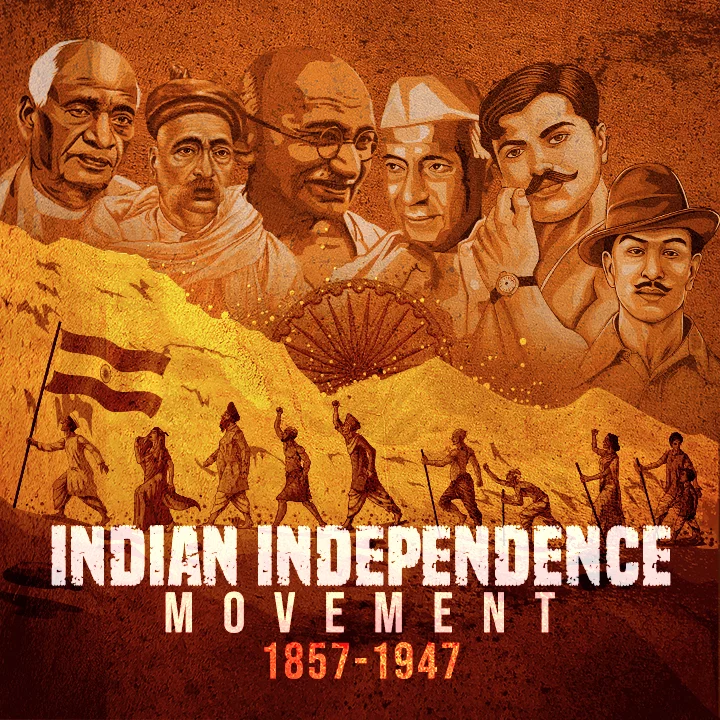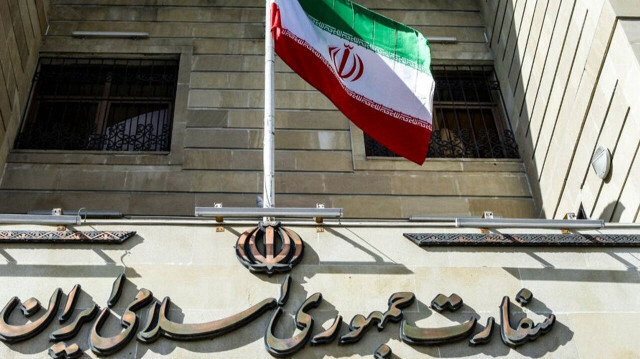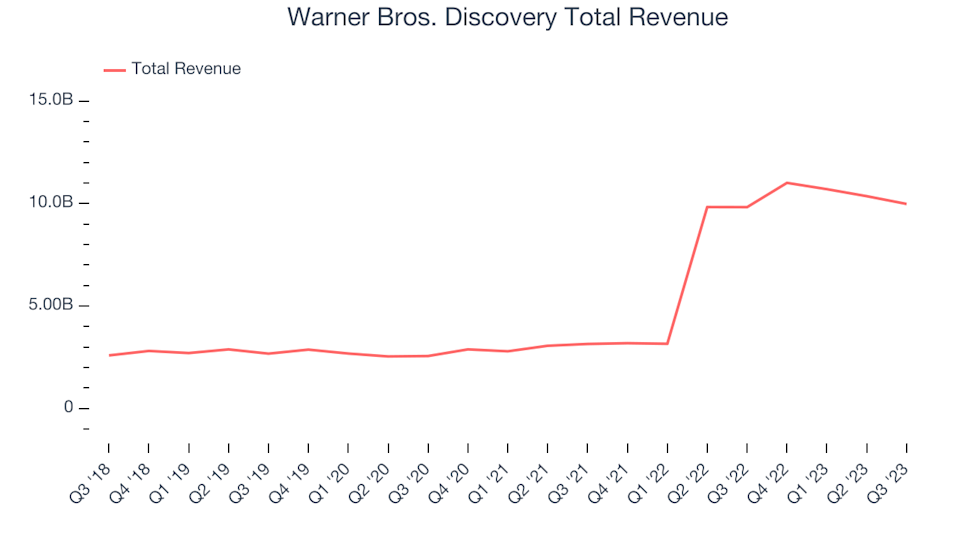The History Of Independence Day: Key Events And Figures

Table of Contents
Independence Day, or the 4th of July, is more than just a day off; it's a commemoration of a pivotal moment in American history – the declaration of independence from British rule. This national holiday is a vibrant celebration of freedom, liberty, and the unwavering spirit of the Founding Fathers who risked everything to forge a new nation. Let's delve into the rich tapestry of events and figures that shaped this monumental day and its lasting legacy on American culture and identity.
The Road to Independence: Seeds of Revolution
The American Revolution wasn't a spontaneous eruption; it was the culmination of years of simmering tensions between Great Britain and its thirteen American colonies. British rule, while initially beneficial, increasingly imposed policies that fueled resentment and a growing desire for self-governance. The colonists felt increasingly burdened by unfair taxation and a lack of political representation in the British Parliament. This period is crucial to understanding the history of Independence Day.
-
Taxation without representation: The British government implemented a series of taxes on the colonies, including the Stamp Act, without providing the colonists any voice in Parliament. This blatant disregard for colonial rights ignited widespread protests and fueled the growing sense of injustice.
-
The Stamp Act (1765): This act required colonists to pay a tax on all printed materials, from newspapers to legal documents. It was met with fierce resistance, marking a significant turning point in the relationship between Britain and its American colonies.
-
The Boston Tea Party (1773): A dramatic act of defiance, the Boston Tea Party symbolized colonial anger over the Tea Act, which granted the British East India Company a monopoly on tea sales in the colonies. Colonists, disguised as Mohawk Indians, dumped tons of tea into Boston Harbor, escalating tensions to a critical point.
-
The Intolerable Acts (1774): In response to the Boston Tea Party, the British Parliament passed a series of punitive measures known as the Intolerable Acts. These acts further restricted colonial liberties, pushing the colonies closer to open rebellion. These acts became a major catalyst for the American Revolution.
The Declaration of Independence: A Defining Moment
On July 4, 1776, the Continental Congress adopted the Declaration of Independence, a document that forever changed the course of American history. This momentous act formally declared the thirteen colonies' independence from Great Britain. The Declaration of Independence, a powerful statement of American ideals, is intrinsically linked to Independence Day history.
-
Key figures involved: Thomas Jefferson, primarily responsible for drafting the document, worked alongside John Adams, Benjamin Franklin, and other prominent Founding Fathers to shape this pivotal declaration. Their combined intellect and commitment to liberty helped shape the future of the United States.
-
The philosophical underpinnings: The Declaration eloquently articulated the fundamental principles of liberty and self-government, famously stating that all men are endowed with "certain unalienable Rights, that among these are Life, Liberty and the pursuit of Happiness." These ideals continue to resonate strongly in American society.
-
Formal declaration: The document formally severed ties with Great Britain, declaring the thirteen colonies free and independent states. This bold declaration marked the beginning of a long and arduous struggle for independence.
The Revolutionary War: Fighting for Freedom
The Declaration of Independence was not simply a statement; it was a battle cry. The American Revolutionary War (1775-1783) followed, a protracted and bloody conflict that tested the resolve of the American Patriots. The Revolutionary War is a central theme in any study of Independence Day.
-
Key battles: Battles such as Lexington and Concord, Saratoga (a turning point that secured crucial French support), and Yorktown (the decisive final battle) played critical roles in securing American victory. These battles are vital elements in understanding Independence Day history.
-
Significant figures: George Washington, the commander of the Continental Army, provided unwavering leadership throughout the war. Other key figures included the Marquis de Lafayette, a French nobleman who played a crucial role in the war effort, and even Benedict Arnold, initially a patriot who later became a traitor.
-
Strategic and tactical aspects: The war involved a complex interplay of military strategies, alliances, and logistical challenges. The Patriots' determination and the strategic support they received from France proved decisive in their eventual victory over the British.
The Legacy of Independence Day: Celebrating Freedom
Independence Day is more than a historical event; it's a living legacy. The holiday's celebration continues to evolve, reflecting changing social and political landscapes. It's a testament to the enduring spirit of American patriotism. The evolution of Independence Day celebrations underscores the holiday's significance.
-
Evolution of celebrations: From small-scale community gatherings to large-scale parades and fireworks displays, Independence Day celebrations have grown and diversified over the centuries. The traditions of Independence Day have enriched American culture.
-
Significance in modern America: Independence Day remains a powerful symbol of national unity, freedom, and the pursuit of individual liberty. The 4th of July is a vital element of American identity.
-
Patriotism and national identity: The holiday fosters a sense of national pride and shared identity, providing a time for reflection on the sacrifices made to secure American independence. The history of Independence Day is intricately linked with American patriotism and national identity.
-
Importance in American culture: Independence Day is deeply embedded in American culture, influencing art, literature, music, and popular traditions. The day offers a time for reflection and celebration, a testament to the country's history.
Conclusion:
Independence Day commemorates a pivotal moment in history, the culmination of a struggle for freedom led by visionary figures like Thomas Jefferson and George Washington. The Declaration of Independence, the Revolutionary War, and the enduring spirit of American patriotism are all integral parts of the rich history of Independence Day. Understanding these key events and figures allows for a deeper appreciation of the sacrifices made to secure American independence and the enduring legacy of liberty and freedom that this momentous occasion represents. Learn more about the rich history of Independence Day and the figures who shaped American independence! Celebrate this momentous occasion by delving deeper into the events and figures who made it possible. Further explore the history of Independence Day to gain a deeper appreciation for this important national holiday.

Featured Posts
-
 Get More For Less Practical And Affordable Solutions
May 06, 2025
Get More For Less Practical And Affordable Solutions
May 06, 2025 -
 Juggling A Deli Job And Elite Track Dylan Beards Journey
May 06, 2025
Juggling A Deli Job And Elite Track Dylan Beards Journey
May 06, 2025 -
 Rihannas Savage X Fenty Bridal Collection A Heavenly New Line
May 06, 2025
Rihannas Savage X Fenty Bridal Collection A Heavenly New Line
May 06, 2025 -
 Zayavlenie Azerbaydzhana O Zakrytii Ofisa Bi Bi Si
May 06, 2025
Zayavlenie Azerbaydzhana O Zakrytii Ofisa Bi Bi Si
May 06, 2025 -
 Warner Bros Discovery Faces 1 1 Billion Advertising Loss Without Nba
May 06, 2025
Warner Bros Discovery Faces 1 1 Billion Advertising Loss Without Nba
May 06, 2025
Latest Posts
-
 Martin Compston On The Future Of Line Of Duty A Disappointment
May 06, 2025
Martin Compston On The Future Of Line Of Duty A Disappointment
May 06, 2025 -
 Line Of Duty Update Compston Shares Disheartening News
May 06, 2025
Line Of Duty Update Compston Shares Disheartening News
May 06, 2025 -
 Line Of Dutys Martin Compston Hints At Return Full Story
May 06, 2025
Line Of Dutys Martin Compston Hints At Return Full Story
May 06, 2025 -
 Martin Compstons Chilling Confession A Line Of Duty Reunion
May 06, 2025
Martin Compstons Chilling Confession A Line Of Duty Reunion
May 06, 2025 -
 Martin Compstons Disappointing Line Of Duty News
May 06, 2025
Martin Compstons Disappointing Line Of Duty News
May 06, 2025
